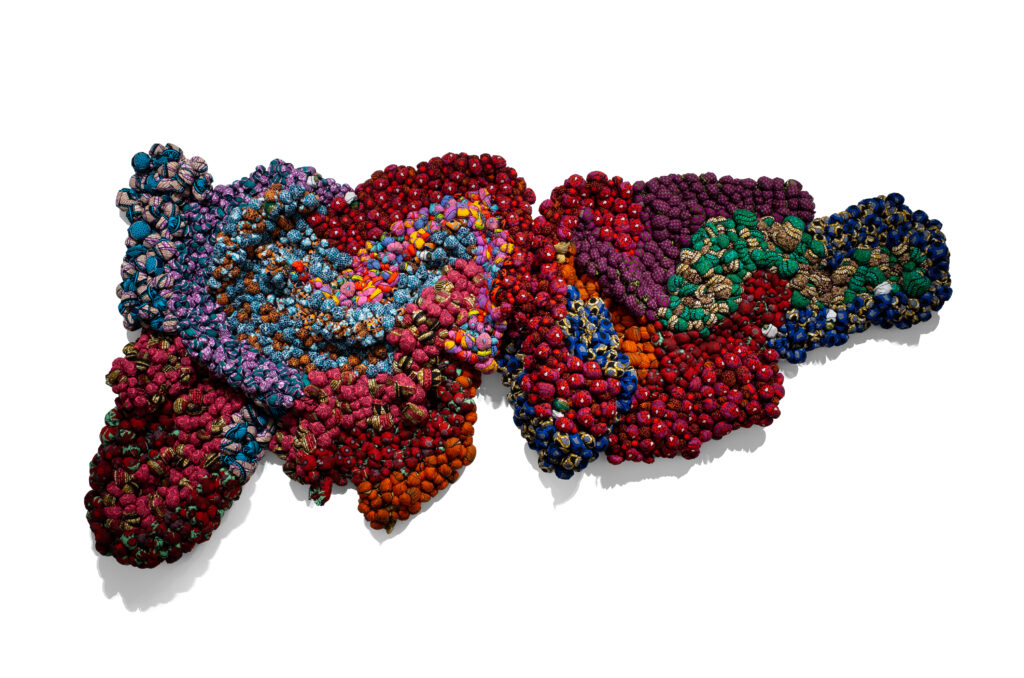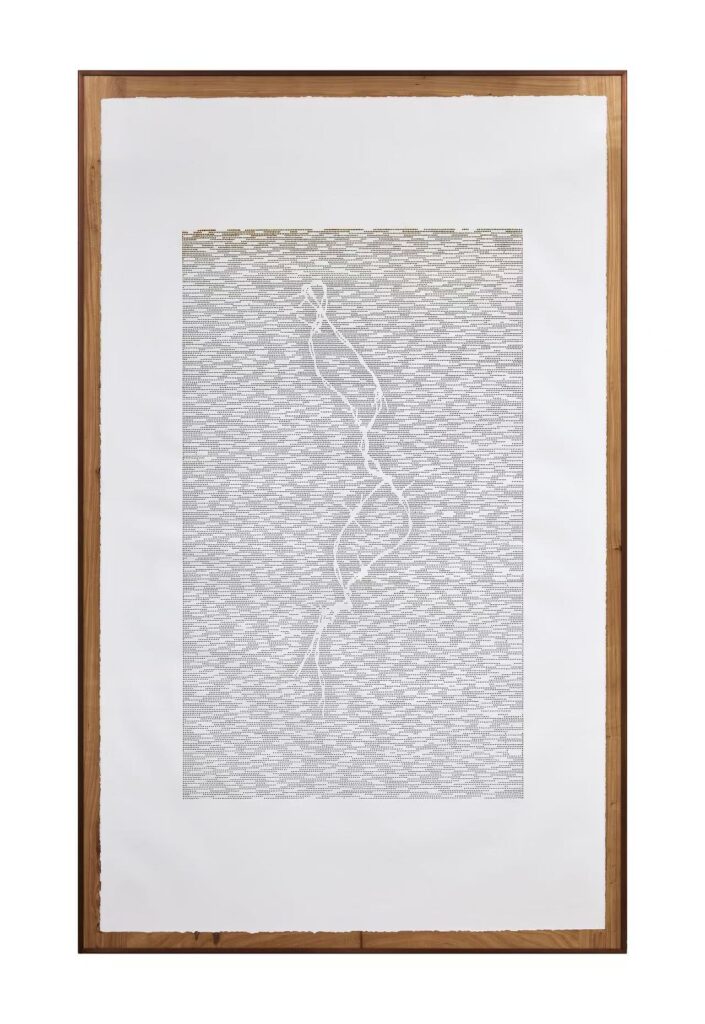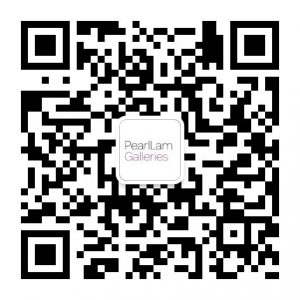10 November, 2025–10 January, 2026
Deconfiguration[s]
Shanghai
Overview
Shanghai—Pearl Lam is pleased to present Deconfiguration[s], a group exhibition which emerges from a critique of traditional curatorial logic where the practice of subjecting artworks to an overarching theme may delimit audiences within a set interpretation. Drawing from the concept in cloud computing that denotes the decommissioning of systems via revoking access rules, Deconfiguration[s] manifests itself as an experiment and focuses on artists whose practices engage with figuration in different formats. With the assistance of different Large Language Models (LLMs), we have invited nine artists, including Alimi Adewale, Cornelius Annor, Chen Yufan, Mr Doodle, Samuel Nnorom, Babajide Olatunji, Qian Jiahua, Deborah Segun and Zhang Muda, to provoke an interplay of multilateral or even contradictory narratives, while re-sorting the artworks as impromptu entities that are ready for public engagement.
Below are the nine protagonists participating in this experiment.
Chen Yufan explores how art functions as a meditative tool for self-discipline to mend a fragmented self. He asserts, “Space is no longer a flat image. It is a tangible and psychological presence that can be experienced. While the dimension of physical space cannot be altered, we can transform our mental and spiritual space through art.” In Proverb, Chen uses an electric soldering iron to inscribe minute dots onto paper as a daily ritual; this meditative act expresses psychological detachment from past family memories and childhood imaginings. A Sliced Landscape No. 15 experiments with the layering of paint until the original contour of the landscape vanishes into a newly imagined spatiality. Derivative Folded Landscape No. 4 records the residual of spouted paint dripping along a vertical surface. A video documenting Chen’s making of an in-situ work at his home at Putien is also on view.
Harking back to the “beginnings of Chinese characters”, Zhang Muda uses a single character to encapsulate the four-character phrase “Eight Joys Coming to the Door” (a folklore that connotes aspirations for life’s significant events). These pseudo characters subvert the series of works’ abrupt quality, prompting viewers to associate them with calligraphy and a longing for cultural tradition. The pursuit of ideal form is no longer of concern here; instead, his gestural works manifest new vessels for self-expression.
Inspired by James Joyce’s A Portrait of the Artist as a Young Man and the doctrine of reincarnation from the Yoruba linguistic tradition of West Africa, Babajide Olatunji grapples with questions like “who are the subjects I paint and what stories could they tell?” He envisions the aging process of fictional characters who might be incarnations from other lifetimes. Presented here is a triptych together with an audio narration of Amiy Dorca Shekwokusumi, a proud Gbagyi woman who discovered her passion for storytelling through her grandmother’s captivating tales of Gwari culture.
Alimi Adewale probes the impact of rapid development on community and identity. His textured paintings evoke the layered experiences of city living, drawing formal reference from textiles like Kilim, Dhurrie, and Yoruba Aso oke handwoven cloth. He asks viewers to reflect on their own fate amid modernity’s chaos and to reconcile individual and collective histories in a fast-paced world.
Qian Jiahua mediates between order and chaos and sees artworks as capsules for staging coherence and self-contained lives. During the COVID-19 pandemic, she began to re-stretch canvas from old paintings and reconfigured them into new visual poetry. Blue Screenemploys varying shades of blue to transform our reading of the picture plane of the painting. Tensions arise between glossy and matte finishes, while thin lines pierce the work to stage an interplay of conflict and balance.
Samuel Nnorom is fascinated by “existence”, being present, human, and rooted in a universal space beyond race, colour, or location. Using Ankara cloth as a primary medium, he builds up bubble forms evoking eggs and atoms. The genesis of electromagnetic force and life itself is revealed through stitching, pulling, stuffing, rolling, and sewing. His methods signify the connection between an individual and community within a unified structure and its social dynamics.
Deborah Segun adopts a deconstructive approach, projecting fragmented female faces and figures as silhouettes in contemplation or repose. Revisiting her vulnerable past, she frames self-love as a shield for emotion, sparking a healing journey toward self-actualisation. Her paintings blend minimalist delicacy with pale, alternating hues, outlining subjects with flatness and calm as an invitation for women to strive toward fulfilment.
Cornelius Annor draws from his personal experiences in Ghana and his photography to explore togetherness and intimacy within domestic and community spaces. His work Akwaaba (meaning welcome back in Akan) revives the scenario of Ghana’s diaspora being greeted with love, respect, and solidarity upon returning in the 1980s and 1990s. Ma Ye Nkasa (meaning “let’s talk”) centres around family intimacy and cooperation. Traditional Ghanaian textiles form textured patterns in his work, creating a nuanced atmosphere of layered memories, emotions, and experiences.
Of his recent series of works featuring himself and Mrs. Doodle, Mr Doodle shares, “We wanted to create an everlasting visual, artistic record of our first year of marriage. We hope that we will enjoy seeing the work exhibited together and in sequence. Love and colour are both truly universal languages, and I think that the audience will appreciate our story before it is shared with the rest of the world.” Doodler’s Kiss celebrates the love and enchantment of what life has to offer.
A Prompt/Provocation: This exhibition utilises artificial intelligence to destabilise the meanings of artworks through repetitive juxtapositions of artworks at different locations inside the gallery. Consider this exhibition as autonomous driving: the artworks merely function as open source. We invite audiences to make this engagement with the artworks personal by using artificial and intelligent means. They are encouraged to bear in mind but not be limited to the following narratives while going through this exhibition and to relate to the artworks based on their own personal experiences.
Afterall, the audience is the ultimate author and the auteur of this narrative.
Narrative 1: Self not whole
In the quiet unravelling of “in relation to self not whole”, we are cartographers of fragmented identity. The works on view are a collective map that resists the myth of a singular, fixed self. In an increasingly digital world where identity is curated, history is algorithmically filtered, and representation is reduced to pixels. Each artist’s deconfiguration becomes a radical act of unshackling. They reject the digital myth of a polished self, instead mining the fractures of online life to reveal what the digital often erases: messiness, memory, and marginality.
Narrative 2: History and narration
History is not a linear narrative. It is a malleable and often fragmented terrain, unstitched and reimagined. The artists’ perspectives on history reject the idea of a singular official past, instead focusing on the gaps, erasures, and personal truths that traditional historical accounts often silence.
Narrative 3: Depiction versus representation
Each artist’s deconfiguration of the human figure directly challenges traditional notions of depiction [how we see a subject], representation [how we stand in] or even idealisation of the human subject, rejecting the idea that a single image or story can capture a complete self.






